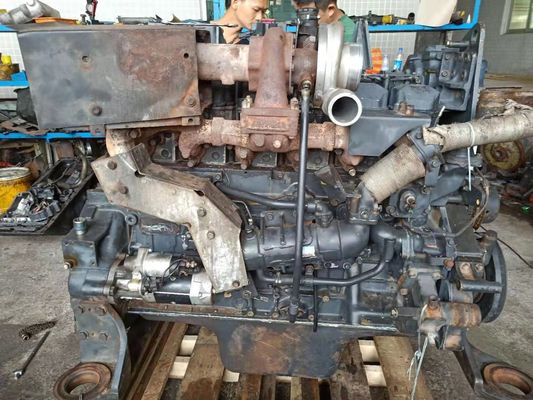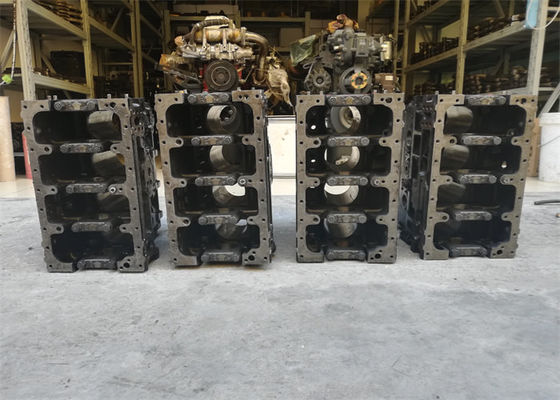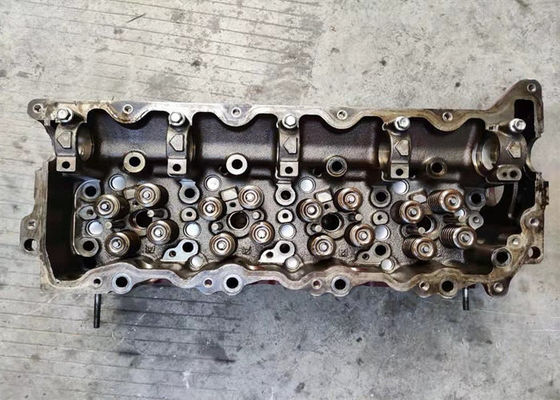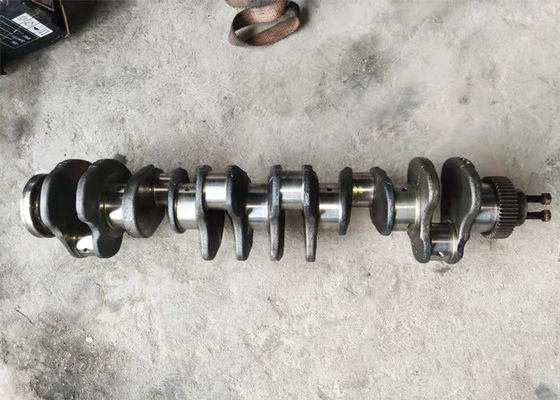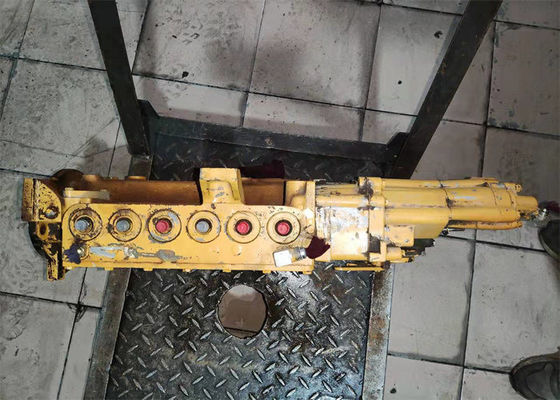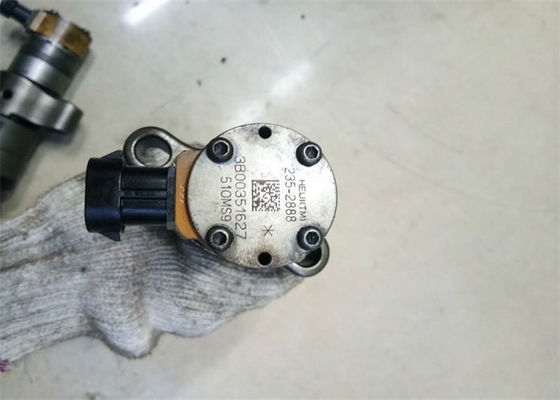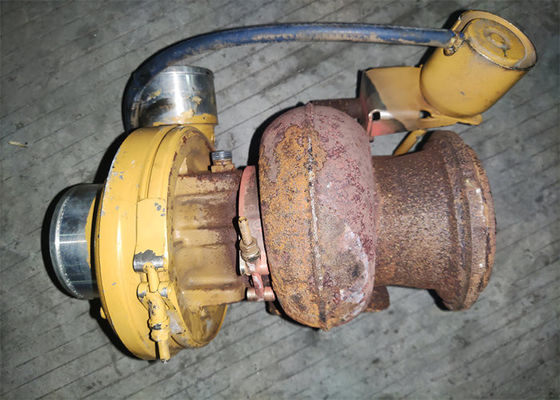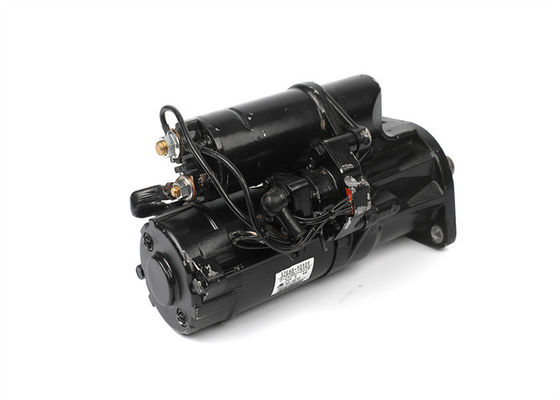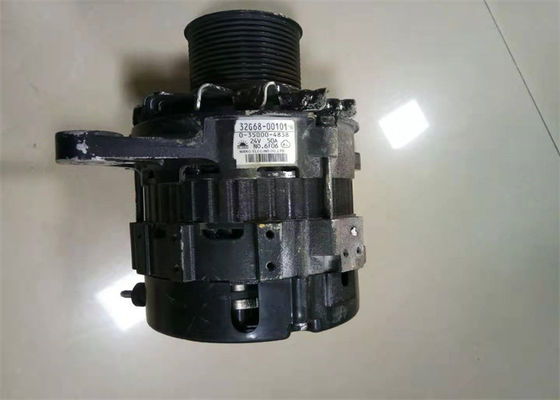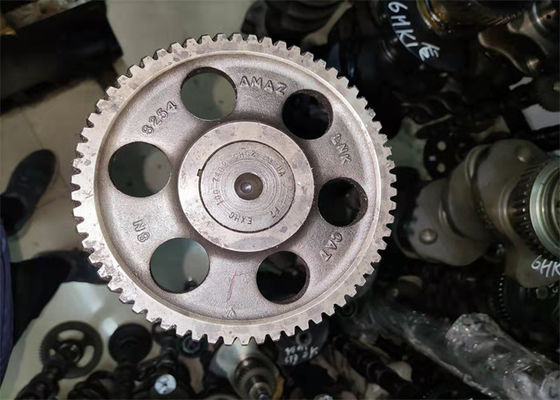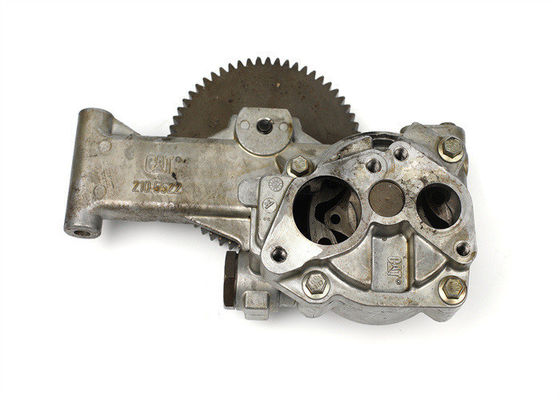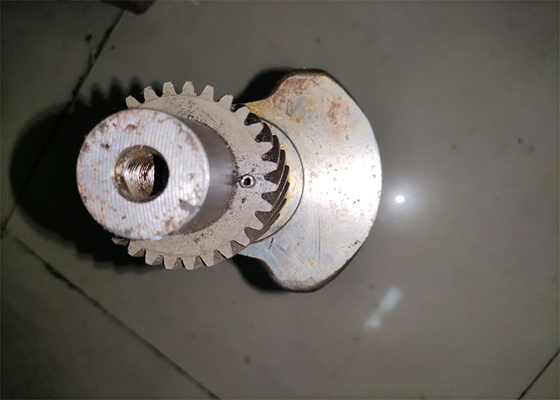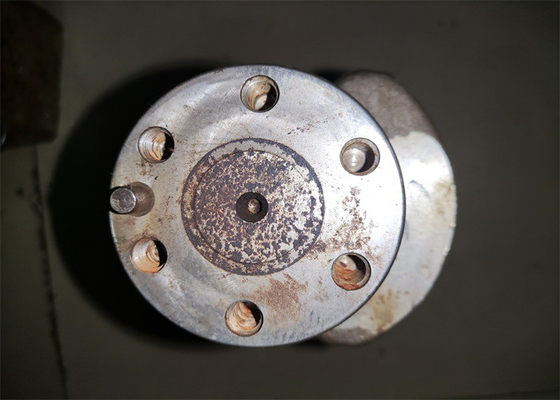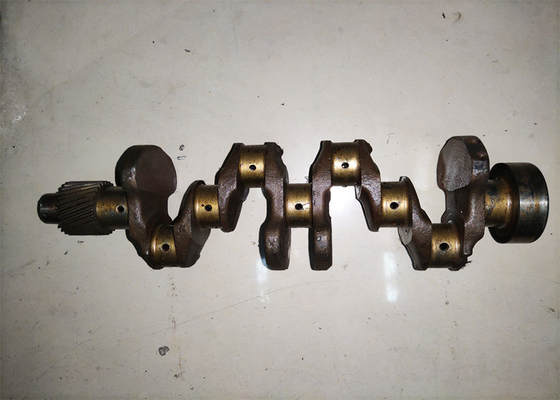4TNE84 4TNE88 4TNV88 Second Hand Crankshaft 129407-21000 For PC40 PC45
Specification
| Item name |
Engine Crankshaft |
| Main bearing bush |
40 |
| Connecting rod bearing |
38 |
| Application |
Engineering Machinery Engine |
| Condition |
Original Used |
| Crankshaft Stroke |
98 |
| Car model |
PC40 PC45 |
| Part number |
129407-21000 |
| Injection |
Direct injection |
Description
Components and systems of the crankshaft
The crankshaft is a moving part of the internal combustion engine. It’s main function is to transform the linear motion of the piston into rotational motion. The pistons are connected to the crankshaft through the connecting rods. The crankshaft is mounted within the engine block.
Engine Crank Mechanism
1. Pistons
2. Connecting rods
3. Flywheel
4. Crankshaft
5. The pistons, connecting rods and crankshaft together form the crank mechanism.
6. The secondary function of the crankshaft is to transmit power to other engine systems:
7. valve timing
8. oil pump
9. water pump
10. air conditioning compressor
11. alternator
ICE Crankshaft with Forged Counterweights
The crankshaft is fitted into the engine block through it’s main journals. The connecting rods are fixed on the conrod journals of the crankshaft. On opposite sides of the conrod journals the crankshaft has counterweights which compensates outer moments, minimises internal moments and thus reduces vibration amplitudes and bearing stresses.. At one end of the crankshaft the flywheel is connected and on the other end the valve timing gearing.
Engine Crankshaft Description
1. Control side or drive end
2. Counterweights
3. Main bearing journal
4. Conrod journal
5. Flywheel side/force transfer
6. Oil bore
The number of main journals and conrod journals depends on the number of cylinders and the type of the engine. On both main journal and conrod journals, the crankshaft has lubrication orifices (oil bore) through which oil flows when the engine is runnin.
What is the purpose of a crankshaft sensor?
A crankshaft sensor is a component in a vehicle’s engine that monitors the position or the speed of rotation of the crankshaft. The information that the crankshaft sensor gathers is often used to control the ignition timing system.
How do you test a crankshaft sensor?
Another way to test the crankshaft sensor with a multimeter is by checking the output voltage with the engine cranking. You will need an assistant to do this. Be very careful around moving parts as you do this. Probe the wiring connectors and measure the output voltage in AC millivolts.



 Your message must be between 20-3,000 characters!
Your message must be between 20-3,000 characters! Please check your E-mail!
Please check your E-mail!  Your message must be between 20-3,000 characters!
Your message must be between 20-3,000 characters! Please check your E-mail!
Please check your E-mail!
